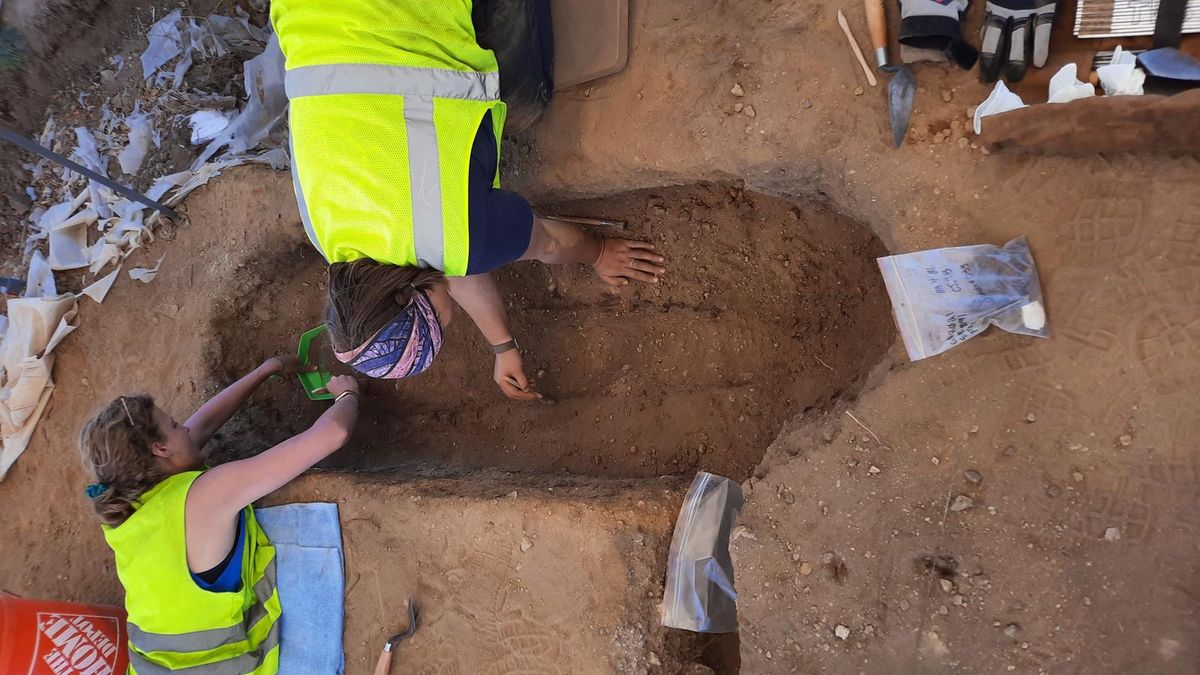After a year of deliberation, the Netherlands has returned the remains of nine indigenous people to Sint Eustatius, a small Dutch Caribbean island also know as Statia. Archaeologists found these bone fragments three decades ago at a dig site at the island's FD Roosevelt Airport; some of the objects date back as far as the 5th century. In a government statement, Statia commissioner Alida Francis said, “Our story is much broader and richer than even we thought, and it’s up to us to tell this story.”
The fragments were excavated from 1984-89 by archaeologist Aad Versteeg on behalf of the Archaeological Centre of the Leiden State University in the Netherlands and the Archaeological-Anthropological Institute of the Netherlands Antilles on Curaçao. The unearthed materials were then shipped back to the Netherlands for study, eventually leading to the publication of a 1992 book on pre-Columbian life in the region.
As of 10 March, the human remains have been returned to Statia, where the cultural heritage implementation committee will consult with locals on proper burial procedure.
“It’s imperative that we involve the Statian community as we consider how and where to rebury these human remains in a respectful way,” Nasha Radjouki, the programme manager for culture with the Statia government, said in a statement. “The Statian community must know that there is more to their history than just what has been written, and be involved in the new narrative.”
The repatriation of these bone fragments is the first step in a multi-layered restitution project for the Statian government and community at large; more artefacts from the Dutch dig, including boxes of ceramics and coral, will be returned at the end of 2023. The island government will then begin the recovery process for a collection of Statian artefacts at William and Mary College in the Williamsburg, Virginia.
The indigenous population of Statia, known as the Caribs or Kalinago, lived on the island until the arrival of colonial powers in the 17th century. From the establishment of the first European settlement until the early 1800s, control of the island switched over 21 times between the Netherlands, Britain and France.
In 2021, excavation ahead of a planned expansion of the Statia airport unearthed an 18th century sugar plantation's burial ground, revealing dozens of skeletons, tobacco pipes and beads. A 1737 coin depicting George II of England was found resting on a coffin lid.


